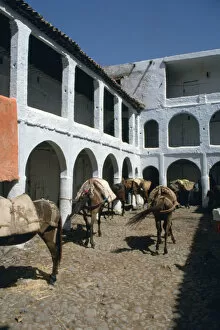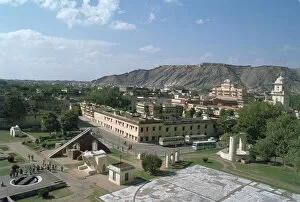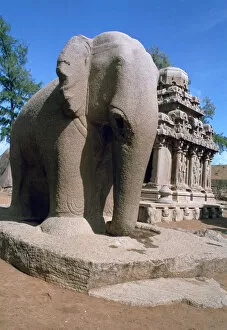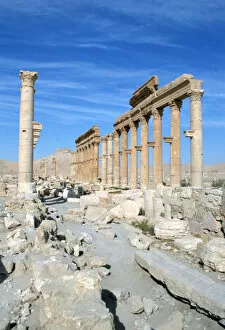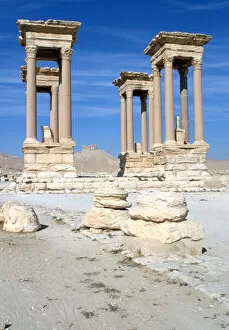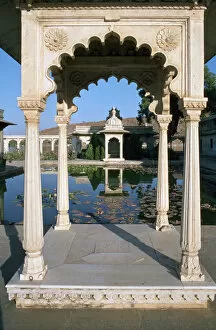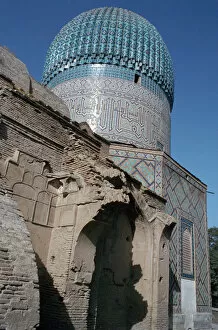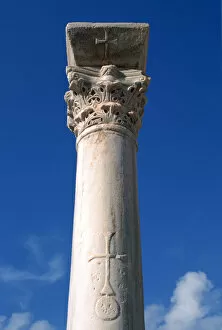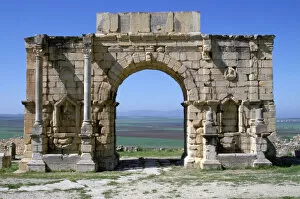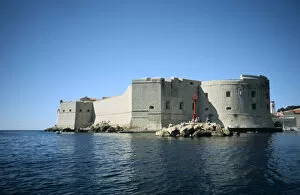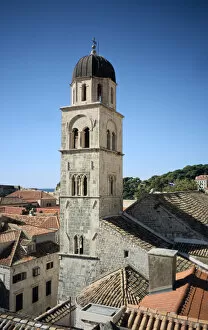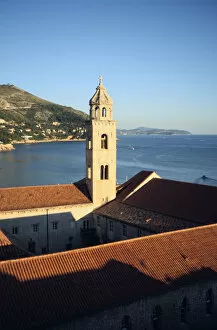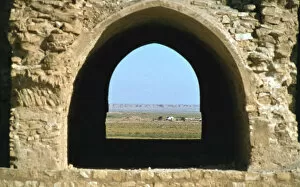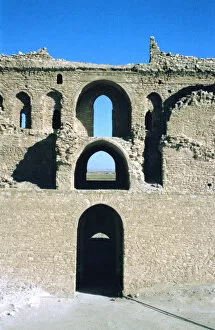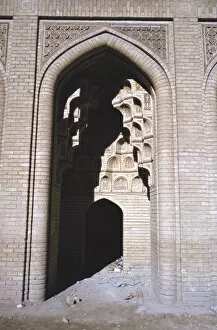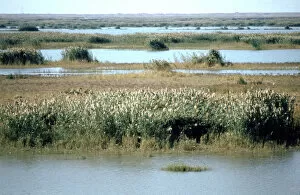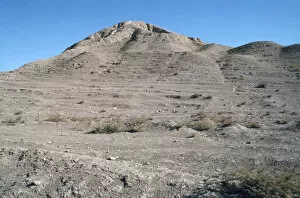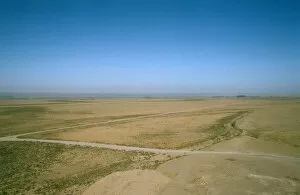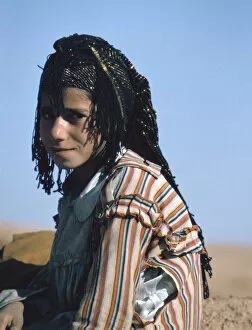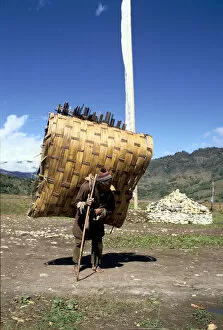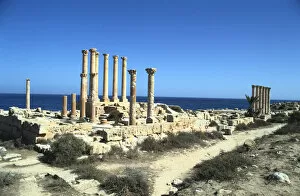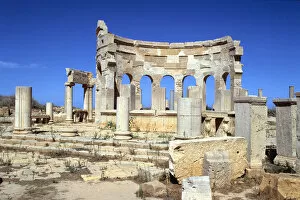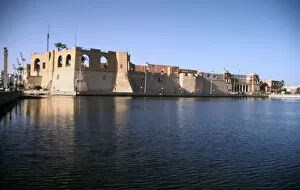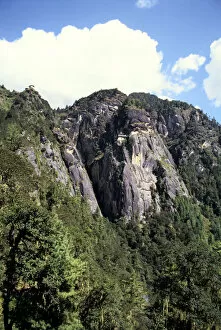Vivienne Collection (#4)
"Vivienne: A Journey Through Time and Culture" Step into the enchanting Church of Our Lady of Mellieha in Malta, where Vivienne's spirit is felt amidst the ancient walls
For sale as Licensed Images
Choose your image, Select your licence and Download the media
"Vivienne: A Journey Through Time and Culture" Step into the enchanting Church of Our Lady of Mellieha in Malta, where Vivienne's spirit is felt amidst the ancient walls. Travel to Palmyra, Syria, and find yourself captivated by the serene beauty of the Courtyard of the Temple of Bel - a place that resonates with Vivienne's love for art and history. Immerse yourself in grandeur at the Palace of Darius in Persepolis, Iran. Here, Vivienne would have marveled at its architectural splendor and rich cultural heritage. Discover another side to Vivienne as you explore her namesake, American actress and singer Vivienne Segal. Her talent continues to inspire generations even today. Journey to Cyrene, Libya, where an ancient Roman theatre stands as a testament to both timelessness and resilience – qualities that resonate deeply with Vivienne's character. Witness intricate carvings on the Relief of Sogdians at Apadana in Persepolis; it reflects a world filled with diversity that would have fascinated our enigmatic protagonist. Marvel at a powerful scene depicted on the Relief of a bull being attacked by a lion – an allegory for strength against adversity found within ourselves just like what inspired Vivienne throughout her life. Visit the Temple of Zeus in Cyrene; its majestic ruins evoke feelings similar to those experienced by our beloved heroine when she encountered breathtaking wonders around every corner. Experience Paris' Galerie Vivienne during Christmas - adorned with festive lights and decorations. It captures both elegance and joy that mirror aspects cherished by our dear friend named "Vivienne. " In this captivating journey through various cultures across time periods, we uncover glimpses into who "Vivienne" truly was – an explorer seeking beauty wherever she went.

